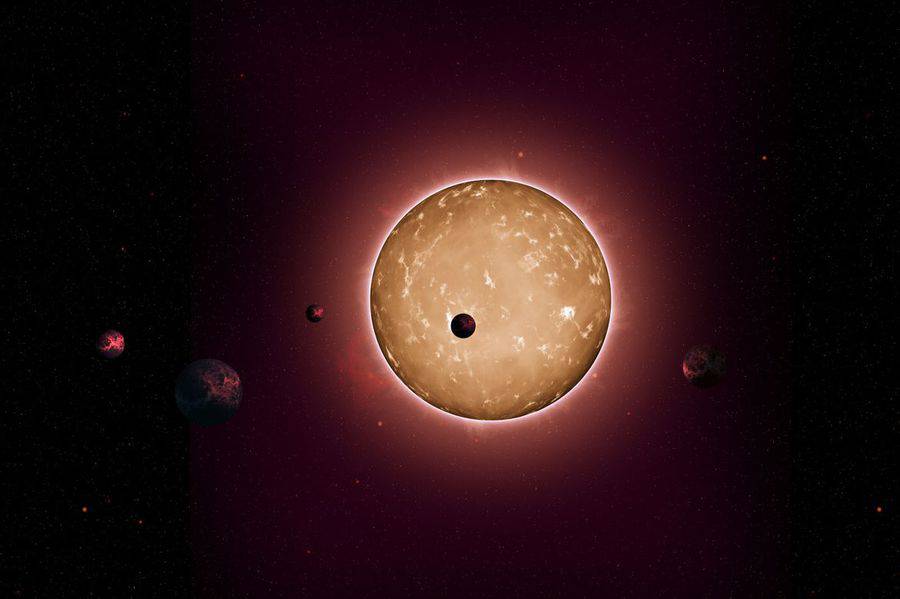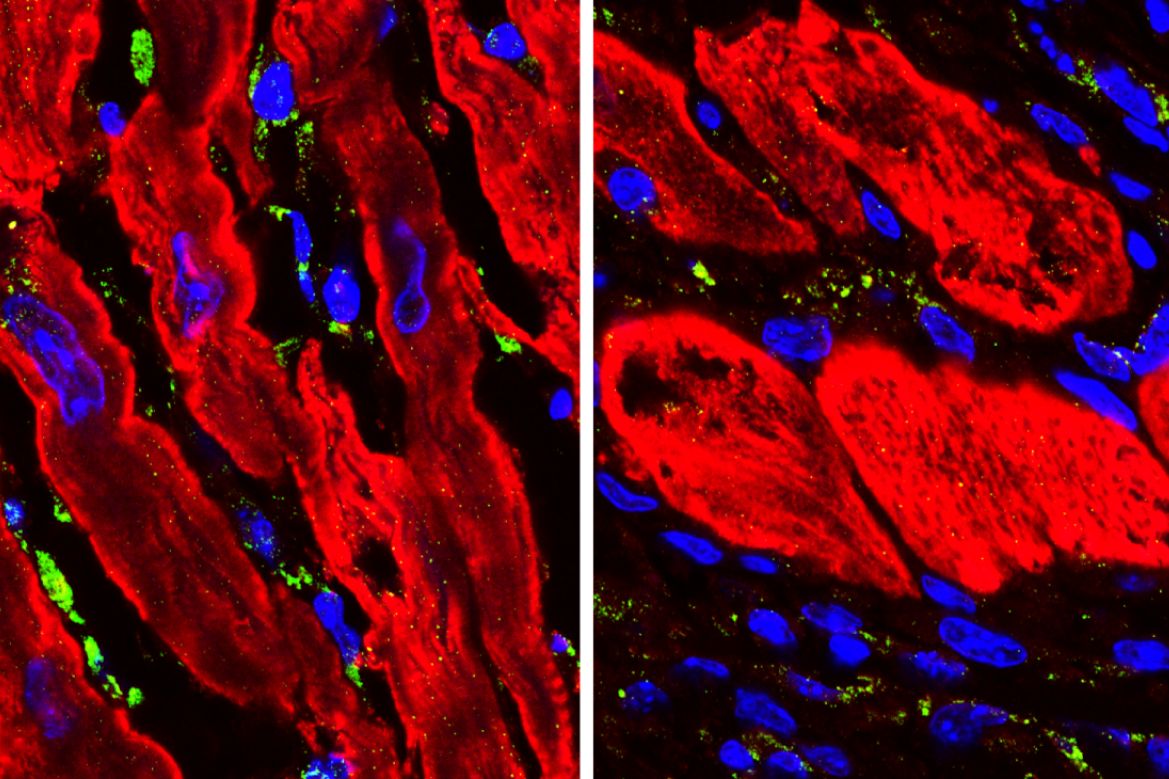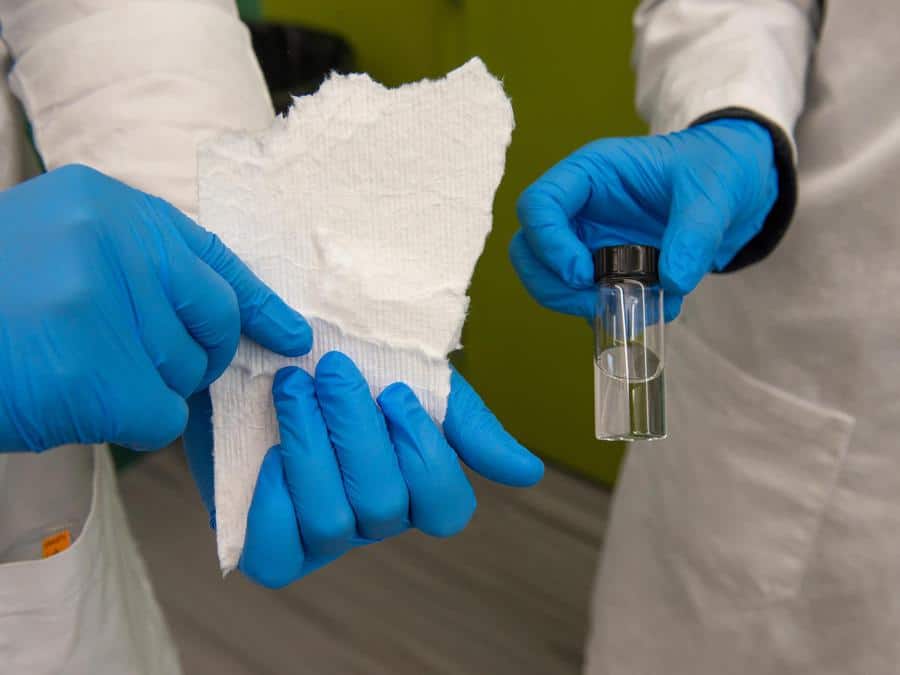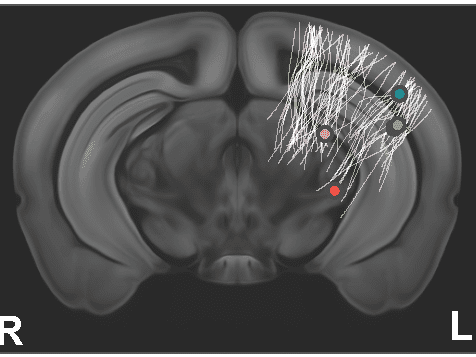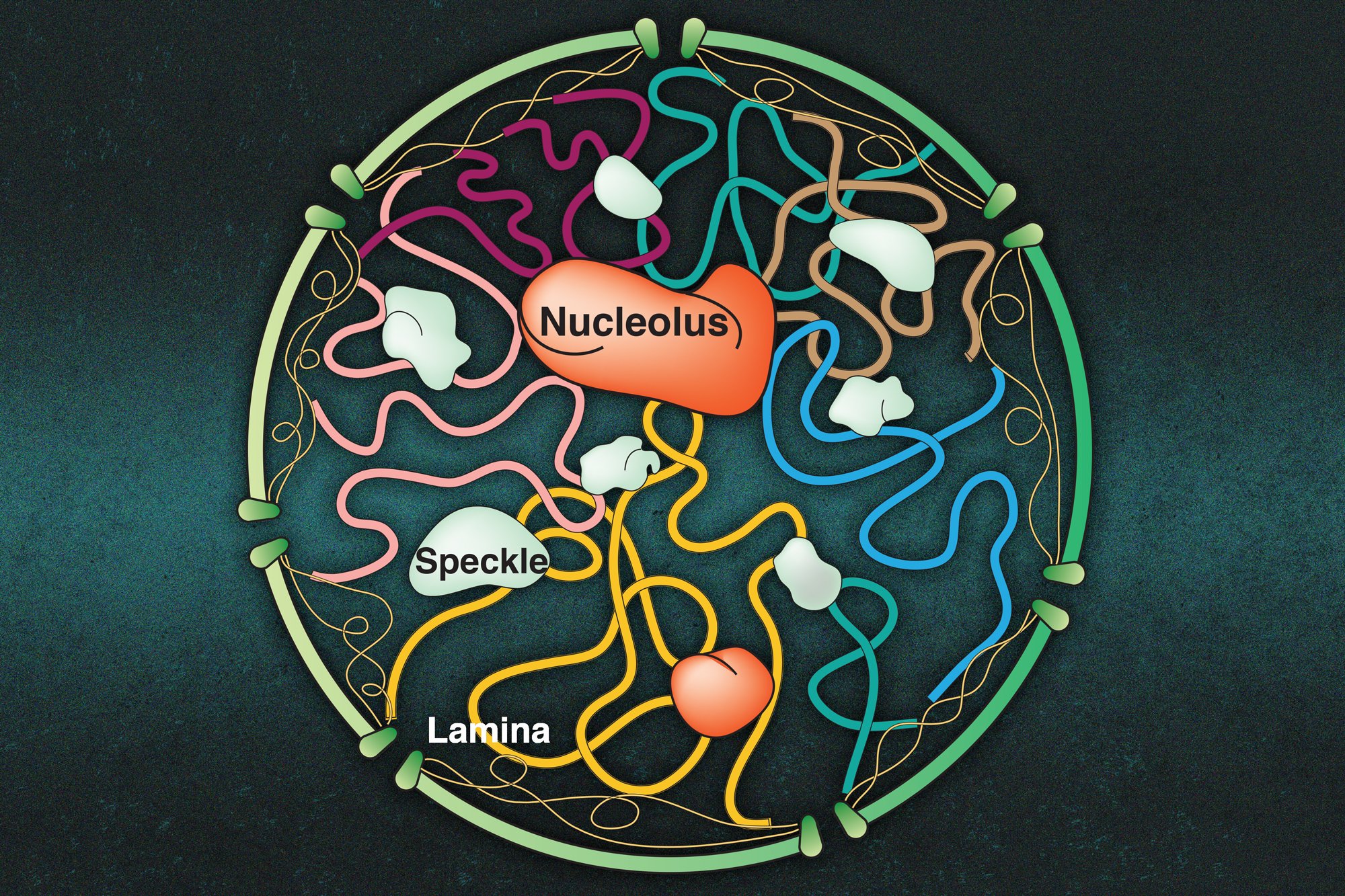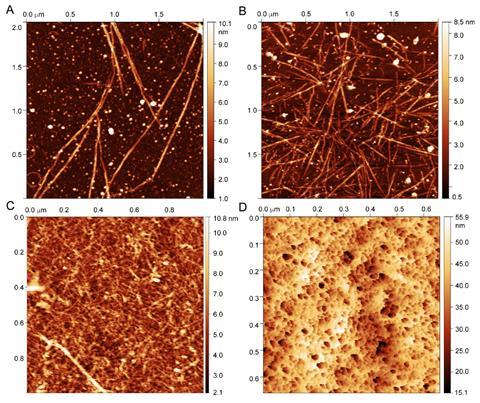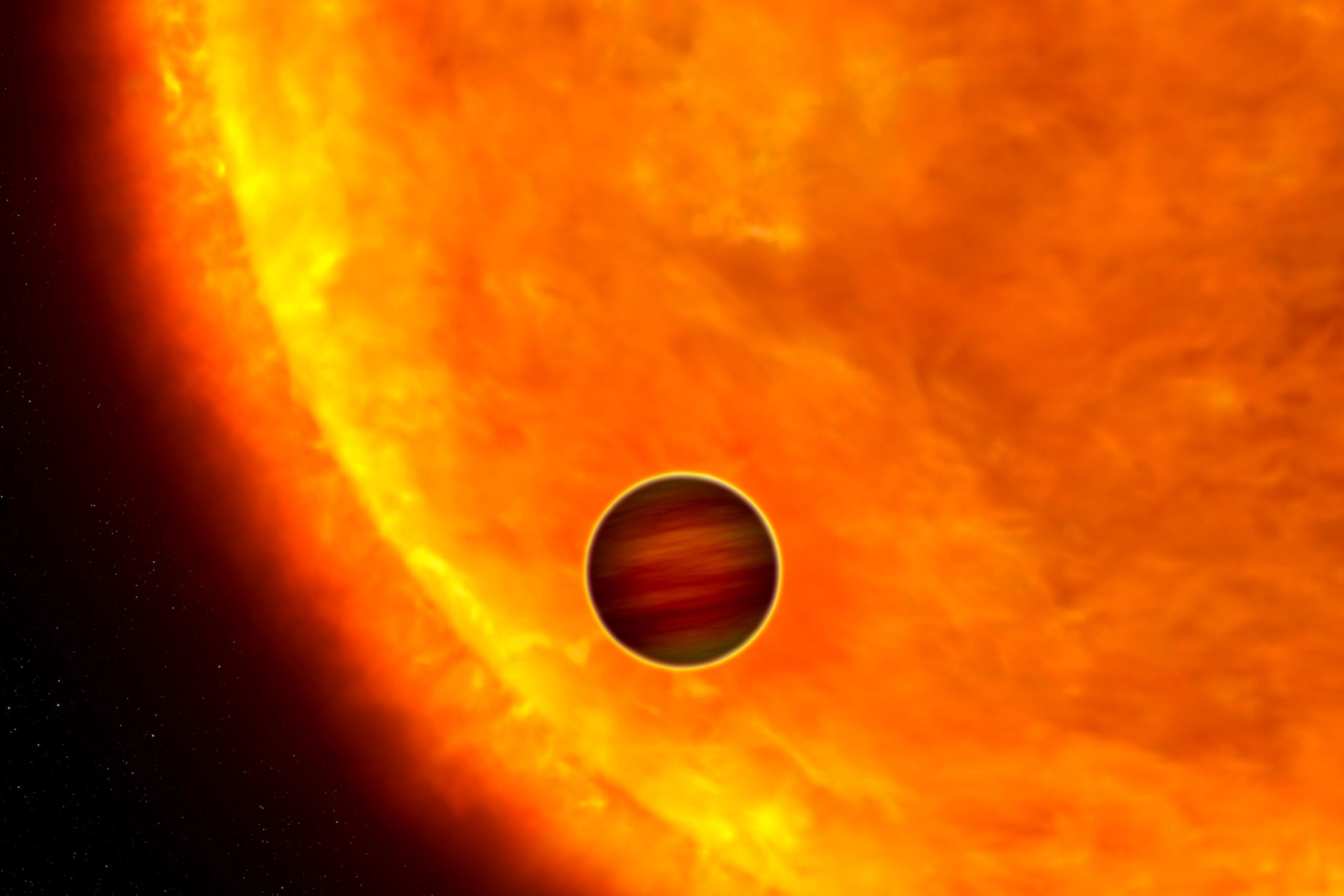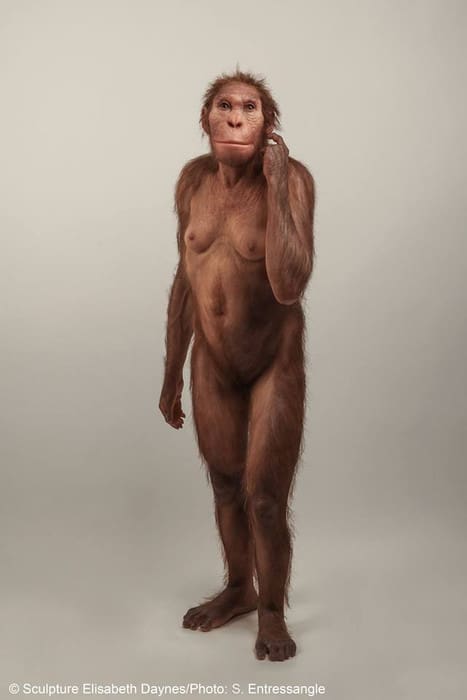New research from UC San Francisco that tested possible triggers of a common heart condition, including caffeine, sleep deprivation and sleeping on the left side, found that only alcohol use was consistently associated with more episodes of the heart arrhythmia. The authors conclude that people might be able to reduce their risk of atrial fibrillation […]
Read More
